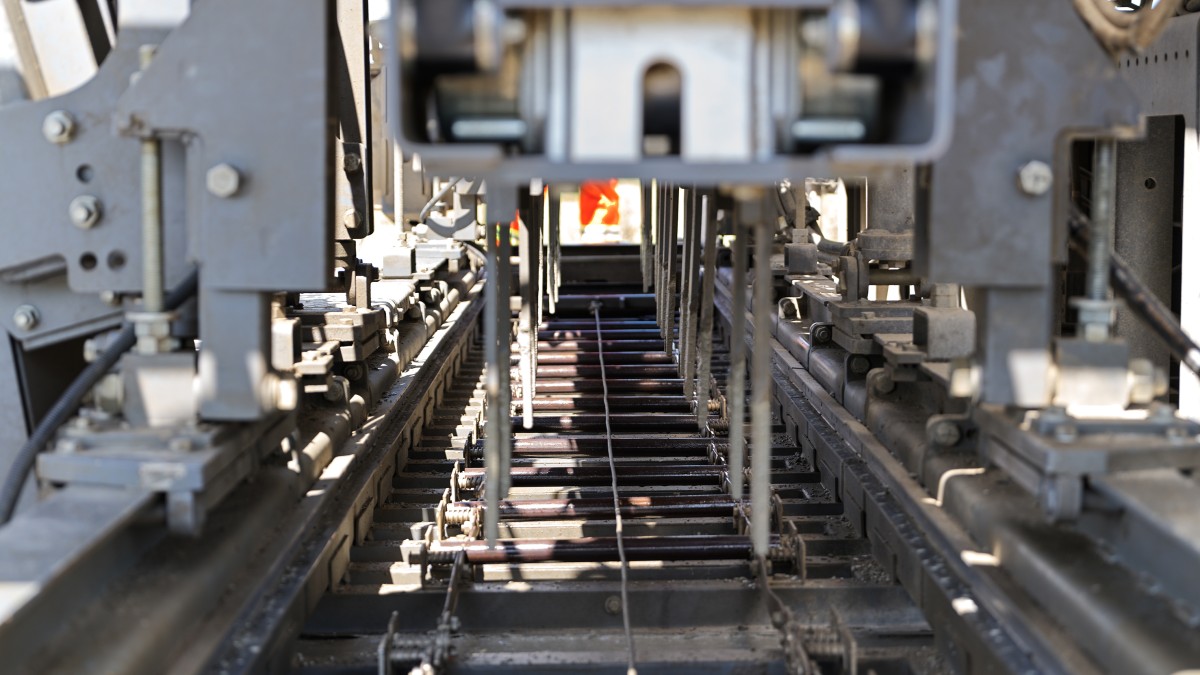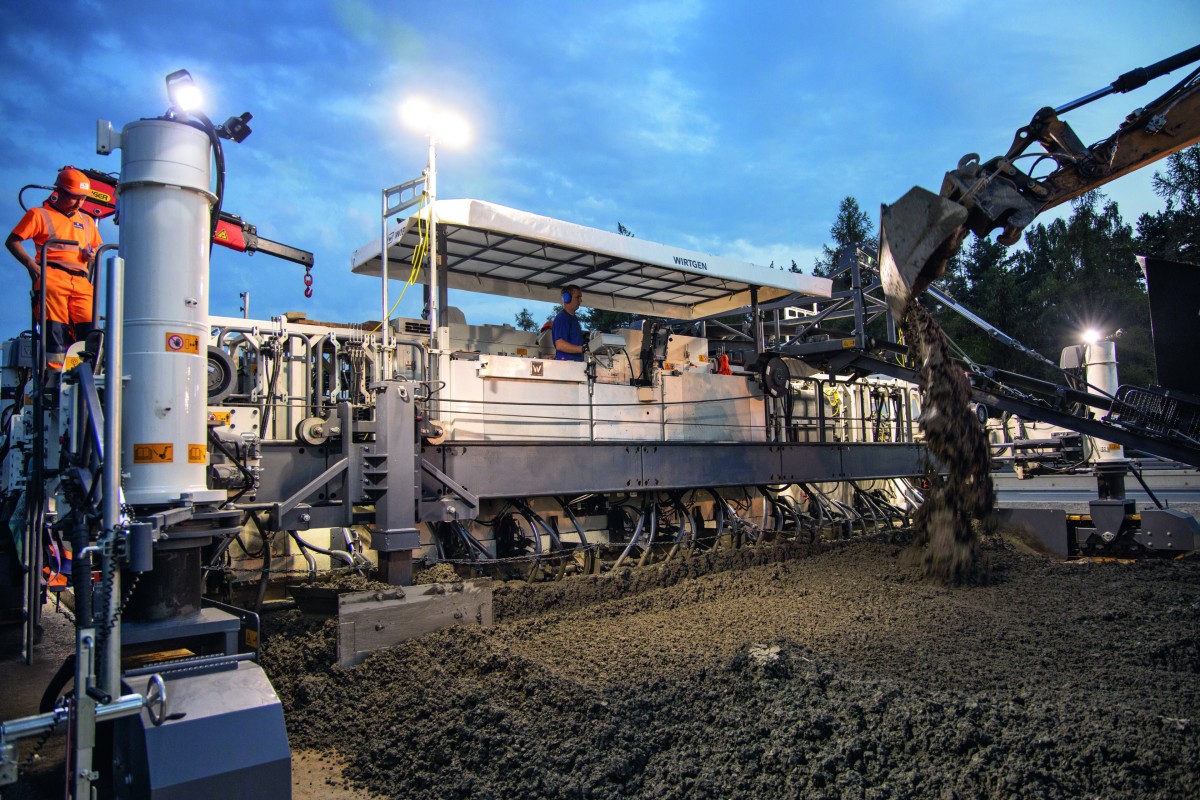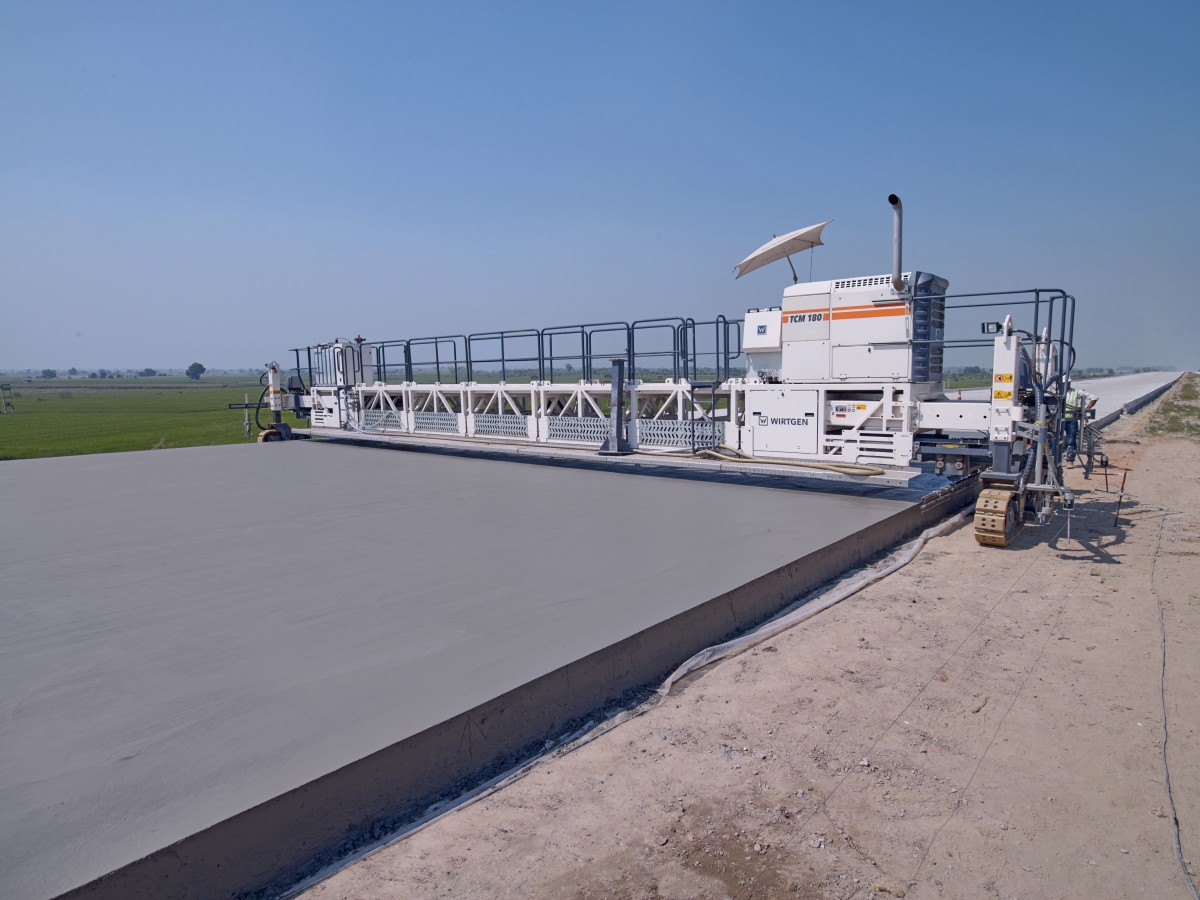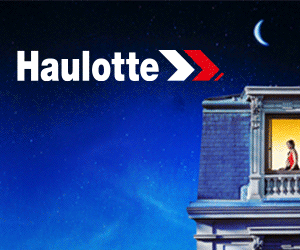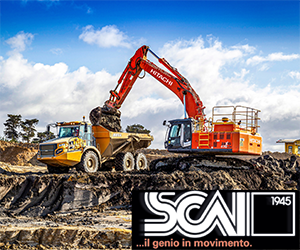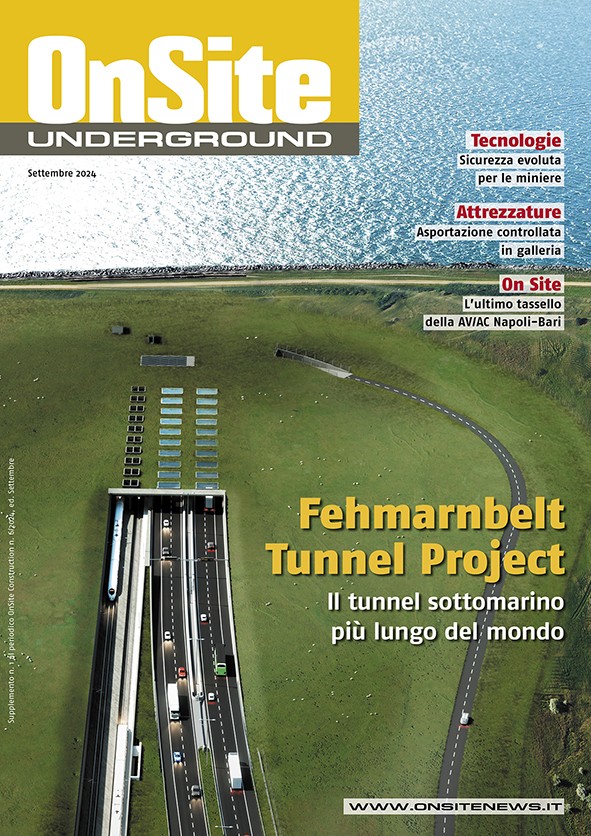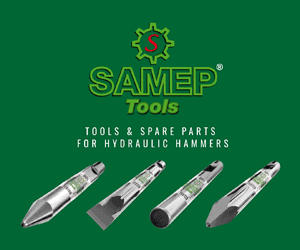Home \ International \ Wirtgen: Concrete paving with inset slipform pavers
Wirtgen: Concrete paving with inset slipform pavers
31/10/2024
Pubblicato da Ettore Zanatta
Wirtgen has been offering machines for inset slipform paving of these extremely resilient and hardwearing concrete roads and airport runways and the production of monolithic concrete profiles for over 35 years.
The following workflow is typical for inset concrete paving projects. First of all, trucks unload the concrete in front of the machine. Depending on requirements, the concrete can also be placed from the side via a belt conveyor or by a Placer / Spreader (WPS) in front of the paver.
The pre-placed concrete is then evenly distributed by a spreading auger or a spreading plough. After this, high-frequency vibrators homogeneously consolidate it directly in front of the paving mould. The integrated hydraulic or electric vibrators also remove excess air from the concrete. As the Wirtgen paver moves forward, the slipform mould shapes the profile to the specified width, thickness and form. Inset slipform pavers offer paving widths of up to 16.0 metres and can pave thicknesses of up to 450 millimetres. The machine maintains its forward motion throughout the paving process at a paving speed in the range of 1 to 2 metres per minute.
Depending on the demands of the paving project, a dowel bar inserter can be integrated in the machine to insert dowels into the concrete parallel to the paver’s direction of travel as specified in the reinforcement plan. Central tie bars or side tie bars can be inserted into the paved concrete at right angles to the paving direction. They, too, serve not only as reinforcement, but also for connecting the slabs that are later created by cutting joints precisely above the reinforcing elements. This ensures that any cracking as an inevitable consequence of stresses and temperature fluctuations is controlled in such a way that it occurs at the right location within the concrete surface. The oscillating beam used for smoothing the concrete surface at right angles to the direction of paving is mounted behind the slipform mould. The grinding movement produces a small roll of concrete in front of the oscillating beam that fills any smaller holes in the concrete surface. After this, a super smoother can smooth the surface again.
The work of the texture curing machines begins immediately after the smoothing of the concrete road surface by the oscillating beam and the super smoother. They give the paved concrete the desired texture and apply a dispersion that prevents premature drying of the surface and edges. The required surface texture is produced by a brush or, alternatively, by a burlap cloth or artificial turf. Automatic crown adjustment and a film unwinder for the application of a protective film round off the equipment of the texture curing machines.
When only one paver is used for two-layer concrete paving, the bottom layer concrete and top layer concrete are paved in a synchronous operation by a single machine with two sets of concrete paving equipment. The bottom layer and top layer concrete are paved ‘wet-in-wet’, regardless of the weather or site conditions. When two pavers are used for two-layer concrete paving, the bottom layer concrete and top layer concrete are paved by two separate slipform pavers. Synchronous coordination of the two machines for the realisation of ‘wet-in-wet’ paving is much more demanding when using this option. The main advantage of using two slipform pavers rather than one is the machine weight. This is because the distribution of the overall operating weight between two separate machines may be relevant for the paving workflow on the construction site.
Wirtgen slipform pavers are built on a rigid and torsion-free machine main frame. The slipform moulds themselves also have a torsionally rigid frame to prevent unevenness of the paved concrete slabs. The heavy oscillating beam ensures a consistently smooth surface without ridges or ruts. The super smoother, manufactured from high-quality material, then produces the final surface evenness by a combination of longitudinal and lateral oscillation. Levelling and steering parameters are communicated to the Wirtgen machine’s control system via a physical stringline or stringless systems like Wirtgen’s smart AutoPilot or 3D systems. The interaction between mature machine technology and equipment configurations precisely tailored to the paving requirements assure perfect evenness of the concrete road surface. Concrete road surfaces have a very long service life of 30 to 40 years.

Ultime notizie di Wirtgen Macchine

Earthmoving Machinery
28/10/2024
Kleemann: Andesite processing in Indonesia
A MOBICAT MC 120 PRO and a MOBISCREEN MSS 802 EVO are deploy...

Earthmoving Machinery
24/10/2024
Benninghoven's REVOC system proven in practice
The REVOC Retrofit solution has been installed at an existin...
Road Machinery
01/10/2024
The Wirtgen Group at Paving Expo 2024
The Wirtgen Group presents groundbreaking technologies at Pa...
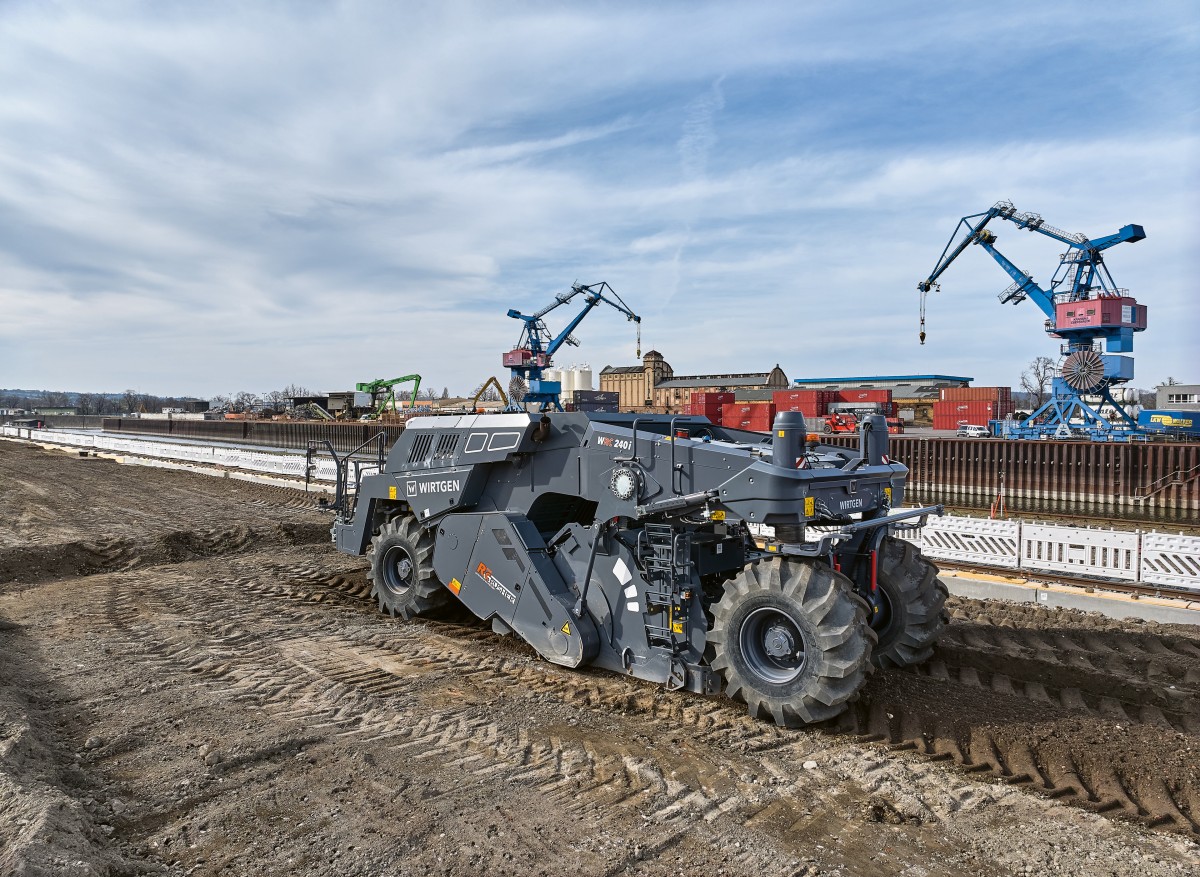
Road Machinery
26/09/2024
Rock Crusher WRC 240i speeds up recycling project for new Trailer Port in Dresden
Particularly cost-efficient in-situ processing of coarse mat...

Road Machinery
23/09/2024
Wirtgen Group will be presenting its range at Asphaltica
The Wirtgen Group will be presenting its entire range of pro...

Road Machinery
16/09/2024
Concrete milling: the cost-efficient and sustainable alternative
Generation C² round-shank picks have been developed especial...
Altri International

International
31/10/2024
Tadano: Twins work on lift together!
Tadano AC 5.220-1 all terrain cranes load 120-tonne boiler o...

International
30/10/2024
Eight Potain cranes team up to construct Milan’s stunning new CityWave building
• CMB and Colombo Costruzioni – two of the most respected na...
International
30/10/2024
Autovictor takes delivery of three Tadano cranes
Autovictor takes delivery of second Tadano AC 5.130-1 all te...

International
29/10/2024
Increased capacity and specification for new JCB 558 PRO
CB is expanding its rotating telescopic handler range with t...

International
29/10/2024
Wertz-Autokrane takes delivery of Liebherr LTM 1110-5.2 mobile crane
– The new 110-tonne crane complements the Wertz crane fleet...

International
28/10/2024
Goodbye to Alberto Mantovani, Founder and President of Mantovanibenne
Mantovanibenne announced the passing of its founder and Pres...










